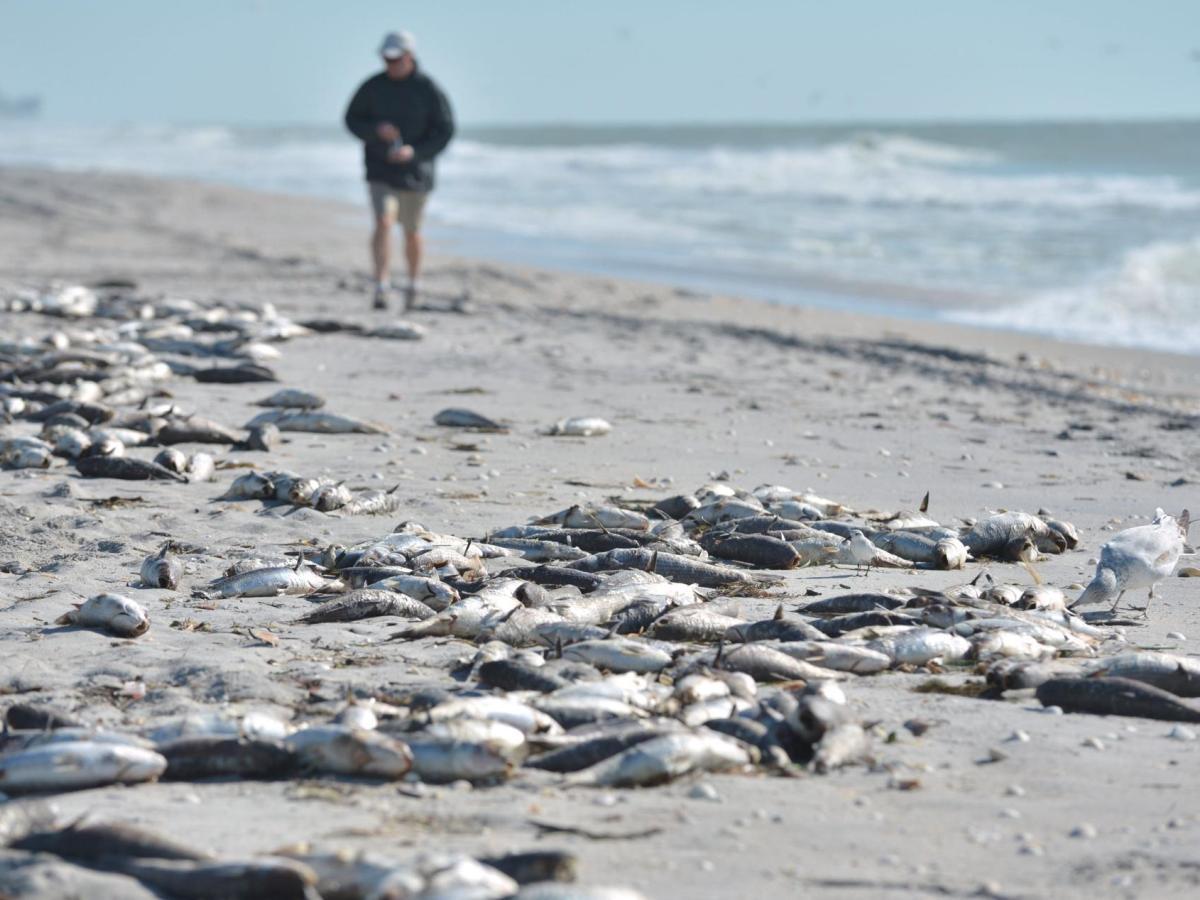Trending
Red tide plague on Florida’s west coast may shift tourist traffic to east side of the state
This year's red tide algae bloom is leaving piles of dead fish on 120 miles of the state's Gulf Coast from Pinellas County to northern Collier County

A red tide algae bloom that is leaving piles of dead fish on Florida’s west coast may be leading tourists to visit the state’s east coast instead.
Hotels and tourist attractions on the east coast of Florida are benefiting from the misfortune of their west-coast counterparts, Glenn Jergensen, executive director of the Palm Beach County Tourist Development Council, told the Sun-Sentinel.
Virginia Sheridan, a spokeswoman for the Greater Fort Lauderdale Convention & Visitors Bureau, said the bureau has been getting calls from tourists who want to know if red tide is afflicting the state’s east coast, too.
Sheridan told the Sun-Sentinel that the bureau is telling callers that red tide is “a west coast issue.”
Officials of Visit Florida, the state’s tourism promotion agency, were unavailable for comment.
The current red tide bloom is killing marine life along about 120 miles of the state’s west coast from Pinellas County to northern Collier County.
The organism that causes red tide, karenia brevis, grows naturally offshore. Scientific research is under way to determine how the organism interacts with phosphorous, nitrogen and other nutrients used in the production of fertilizer, and how they affect the intensity and duration of red tide blooms close to shore.
Bob Daniels, the vice mayor of Venice, has proposed a municipal ban on the use of fertilizer to combat recurring blooms of red tide algae on Florida’s west coast.
Daniels believes that fertilizer flushed into the sea serves as a nutrient for karenia brevis. [Sun-Sentinel] – Mike Seemuth




